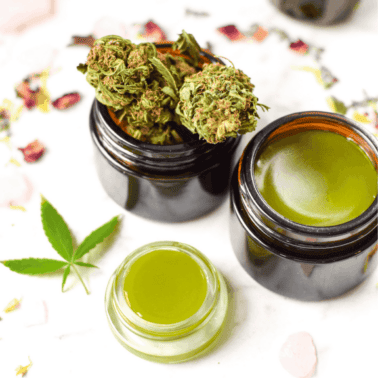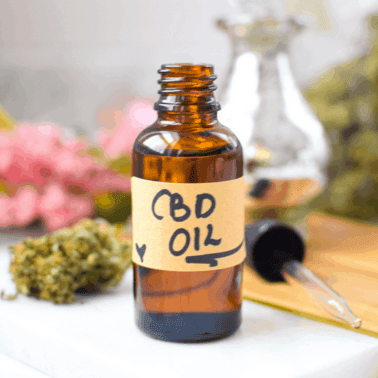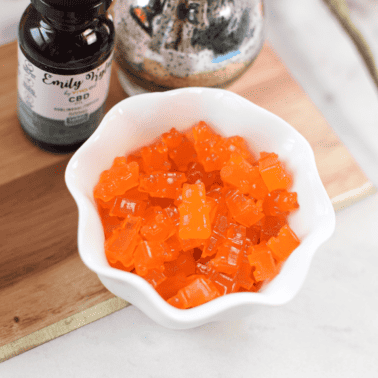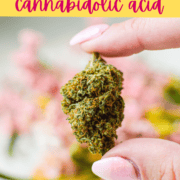Are you ready to take your cannabis education to the next level? Welcome to your all-in-one guide to the fascinating world of CBDA, also known as cannabidiolic acid. If you’re curious about this compound’s potential benefits, how it contrasts with CBD, or how to incorporate it into your wellness routine, you’re in the right place.

Table of Contents
Article Features
- What is the difference between CBDA and CBD?
- How to harness the benefits of CBDA to use in tinctures, edibles, topicals, and more
- Want to make it easy? Start with my premium CBD flowers and have them delivered directly to your doorstep. Now shipping across the US!
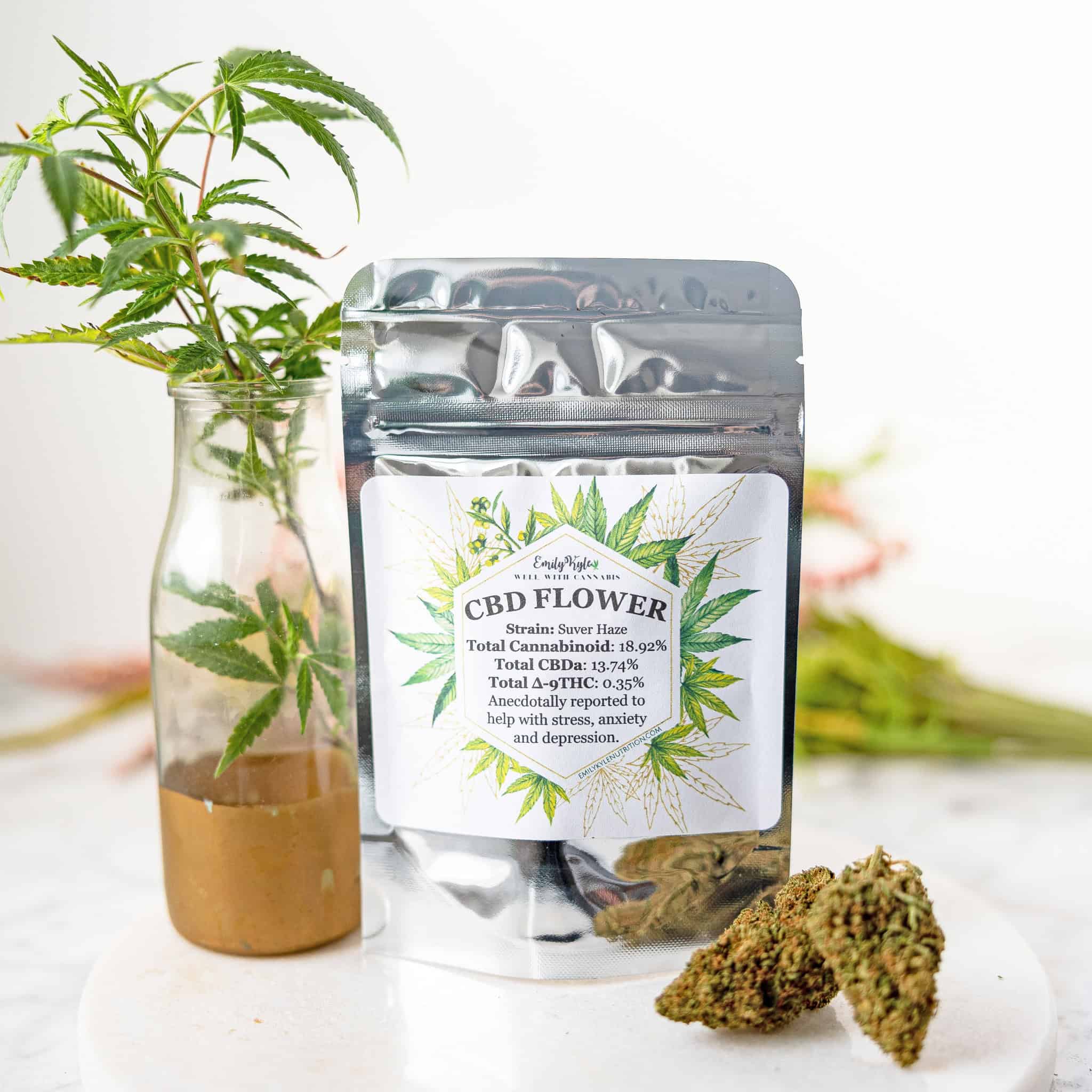
Why You Will Love This Guide
Have you ever felt overwhelmed by all the different terms in the cannabis world? You’re not alone!
Today, let’s talk about something lesser-known in the cannabis community—cannabidiolic acid (CBDA) and how you can incorporate it into your wellness routine.
To understand CBDA, we first need to know a little about cannabinoid acids.
These compounds are the raw forms of cannabinoids found in cannabis plants before they are activated through a process known as decarboxylation.
When you smoke, vape, or make edibles, you’re essentially converting cannabinoid acids into their active forms, such as THC and CBD.
This process is what gives us the ‘high’ associated with THC.
While THC is famous for its psychoactive effects, CBDA is gaining recognition for its potential health benefits.
Today, we will discuss what happens when you don’t decarb your flower, specifically CBD-dominant flower, in the hopes of keeping the cannabinoid acid CBDA intact so that you can reap its many benefits.
🚀 Test Your Knowledge
Coming Soon!What Are Cannabinoid Acids?
Before they become the active cannabinoids that many of us are familiar with, like THC and CBD, these compounds start as cannabinoid acids.
These acids, which reside in the plant’s trichomes, include THCA, CBDA, CBNA, CBGA, and CBCA.
Trichomes are tiny, hair-like structures most abundant on raw or dried cannabis buds or flowers, though they can also be found in varying levels on sugar or fan leaves.
Think of trichomes as little treasure troves of beneficial compounds!
When these trichomes are present in growing, raw, or freshly dried plants, they contain cannabinoid acids.
Over time, these cannabinoid acids can degrade into active forms through natural decarboxylation, which can occur when the plant is exposed to heat, light, air, UV, and other environmental factors.
🍪 To make it simple, one member from my Well With Cannabis Community explained it like this: CBDA is cookie dough, and CBD is the cookies.
THCA vs. CBDA
Among the various cannabinoid acids, THCA and CBDA are the two most abundant.
However, it is important to remember that these are two different compounds entirely and must first exist within the plant’s genetics.
To learn more about THCA, check out our other articles focusing on its health benefits.
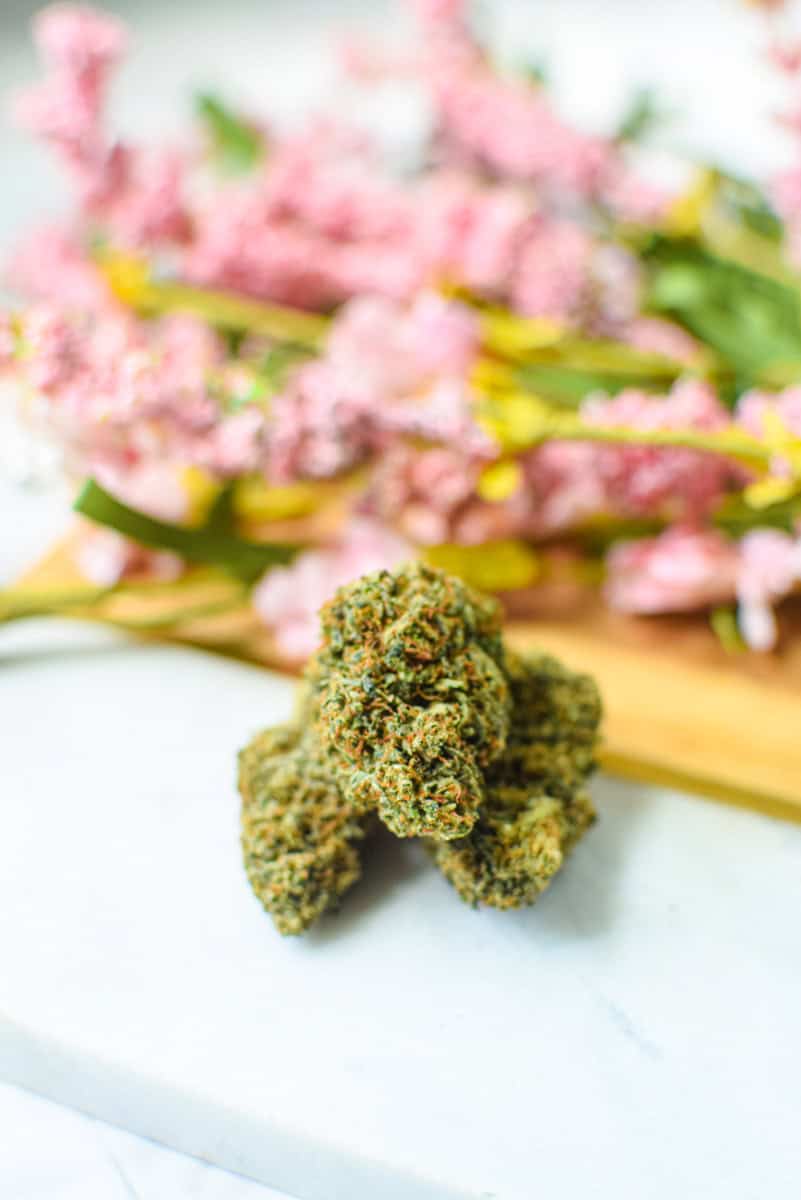
What is Cannabidiolic Acid (CBDA)?
CBDA stands for cannabidiolic acid, a cannabinoid acid found in the trichomes of raw or dried cannabis plants.
What’s unique about CBDA is that it comes from CBD-dominant cannabis and often falls below the Federal legalization limit of 0.3% THC, making it accessible and legal to grow in many regions.
This means it is growing in popularity as people learn more about the potential benefits of both CBDA and CBD.
CBDA vs. CBD
You’ve probably heard of CBD oil, which many people use for its various health benefits. But did you know that CBDA is the natural precursor to CBD?
CBDA exists naturally in the plant before decarboxylation, which converts CBDA into CBD.
Both CBDA and CBD are non-intoxicating, meaning they won’t give you a ‘high’ feeling. However, that doesn’t mean they are useless!
Research suggests that both CBDA and CBD may offer some unique health benefits that make it worth exploring.

What are the Benefits of CBDA?
As published in the International Journal of Molecular Science, growing evidence supports the idea that CBDA has numerous health benefits, ranging from anti-nausea properties to pain relief and even anti-tumor effects.
Let’s take a closer look at some of these benefits.
CBDA for Nausea and Vomiting
One of the most common uses for CBDA is as a treatment for nausea and vomiting.
SAVE THIS GUIDE 💌
Many members of the Well With Cannabis Community have anecdotally reported using CBDA to alleviate symptoms related to chemotherapy-induced nausea, cyclic vomiting syndrome, and even cannabis hyperemesis syndrome.
Excitingly, emerging scientific evidence supports these anecdotal reports.
A study published in the British Journal of Pharmacology found that CBDA shows promise as a natural treatment for nausea in rat studies and has significant potential to inhibit vomiting.
CBDA for Pain & Inflammation
Pain management is another area where CBDA shines. Many community members use CBDA to manage both acute and chronic pain.
Research supports these claims; a study published in Drug Metabolism and Disposition suggests that CBDA is a selective inhibitor for COX-2 activity.
Wait, Emily, what did you just say?
Inhibiting COX-2 activity means CBDA offers similar pain relief as compared to nonsteroidal anti-inflammatory drugs (NSAIDs).
💡 This makes CBDA a promising natural alternative to over-the-counter pain relievers like aspirin and ibuprofen (which have potential adverse side effects).
CBDA for Cancer
CBDA is also showing potential in the fight against cancer.
Research published in Toxicology Letters indicates that CBDA may have anti-tumor properties, particularly in breast cancer patients.
While more research is needed, this finding is incredibly promising, especially considering that around a quarter of a million women are diagnosed with breast cancer in America each year.
How to Consume CBDA
There are several ways to incorporate CBDA into your wellness routine.
The key is to avoid heat, as it can facilitate the decarboxylation process, converting CBDA into CBD.
Here are some methods to consider:
Raw Cannabis Leaves or Juice
One of the best ways to consume CBDA is through raw, fresh cannabis leaves or flowers.
Like other dark green leafy vegetables such as kale and spinach, raw cannabis is nutritious and contains chlorophyll.
You can add raw leaves to salads, make cannabis pesto, or even juice them.
However, it’s essential to consume clean, raw cannabis to avoid potential microbes like salmonella and E. coli, especially for those who are immunocompromised.
Dried Cannabis Buds or Kief
Another way to consume CBDA is through dried CBD-dominant cannabis buds or kief.
To preserve the CBDA, skip the decarboxylation process entirely.
You can then extract the CBDA from the flower by consuming just the ground plant material.
I have a guide for using ground flowers in recipes; in this case, skip the decarb process.
Feel free to experiment with different recipes to create a CBDA-dominant product, starting with a CBD-dominant flower and ensuring no heat is introduced.
Make a CBDA Tincture
Another option is to use the non-decarbed flower to make an alcohol-based tincture which requires no heat.
The only drawback to this method is the possibility of the alcohol activating or decarbing some of the cannabinoids, facilitating the conversion from CBDA to CBD.
If you do make an alcohol-based CBDA tincture, consider using it within 30 days to maintain the freshness and potency.

Conclusion
CBDA offers a world of potential health benefits, from relieving nausea and pain to exhibiting anti-tumor properties.
You can harness these benefits effectively by understanding how to incorporate CBDA into your wellness routine.
Whether consuming raw leaves or experimenting with dried buds, the key is avoiding heat to preserve the CBDA.
If you’re interested in exploring the benefits of CBDA further, consider joining my CBD, THC & Me Workshop.
Here, you’ll find resources, support, and a network of like-minded individuals who are passionate about the health benefits of cannabis.
Sign up today and take the first step towards a healthier, more balanced life.
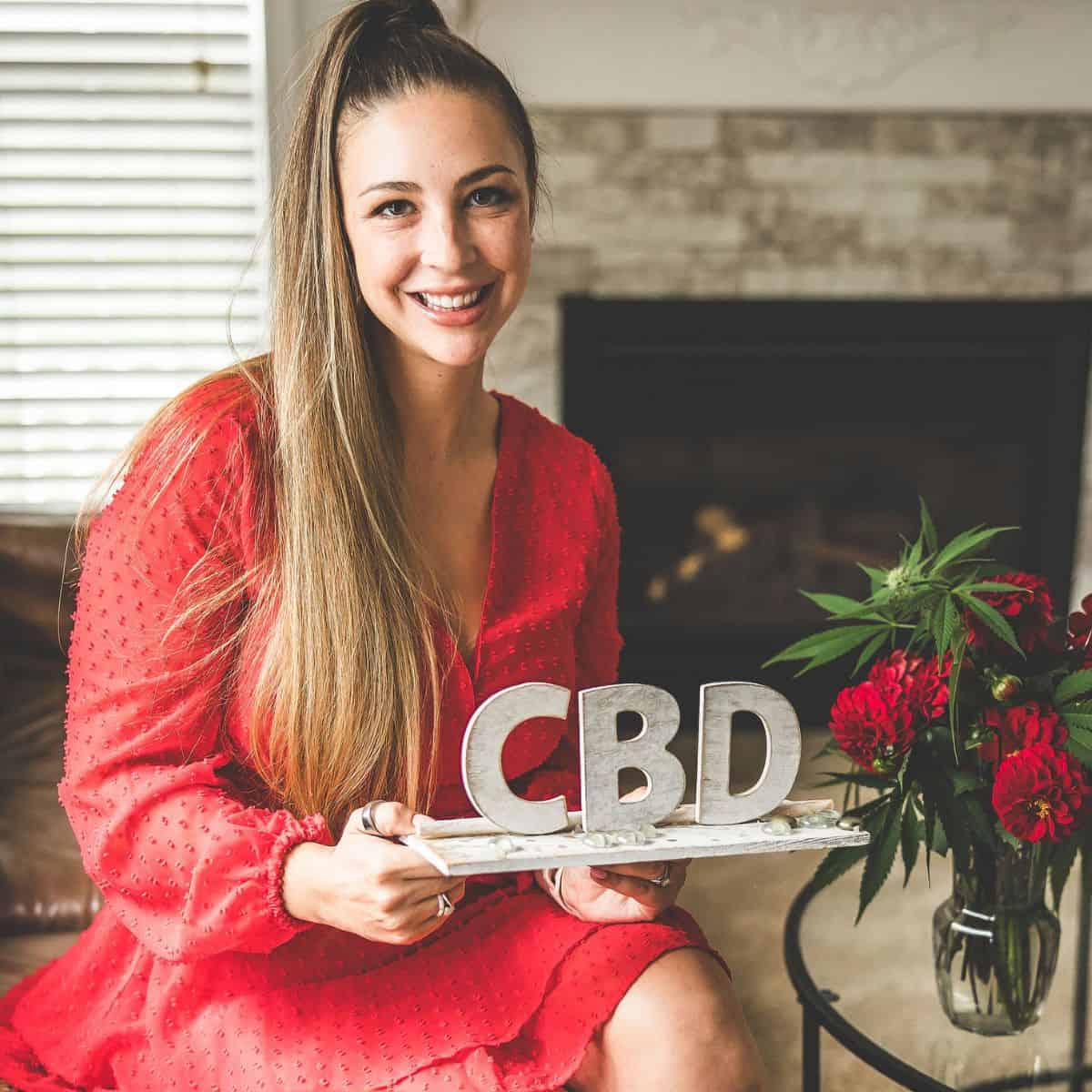
Unlock the Secrets of CBD in Just 5-Days…
Dive deep into how CBD and THC can enhance your wellness journey with my immersive 5-day “CBD, THC & Me” workshop. Get expert insights, personalized guidance, and practical advice to help you harness the potential of the plant.
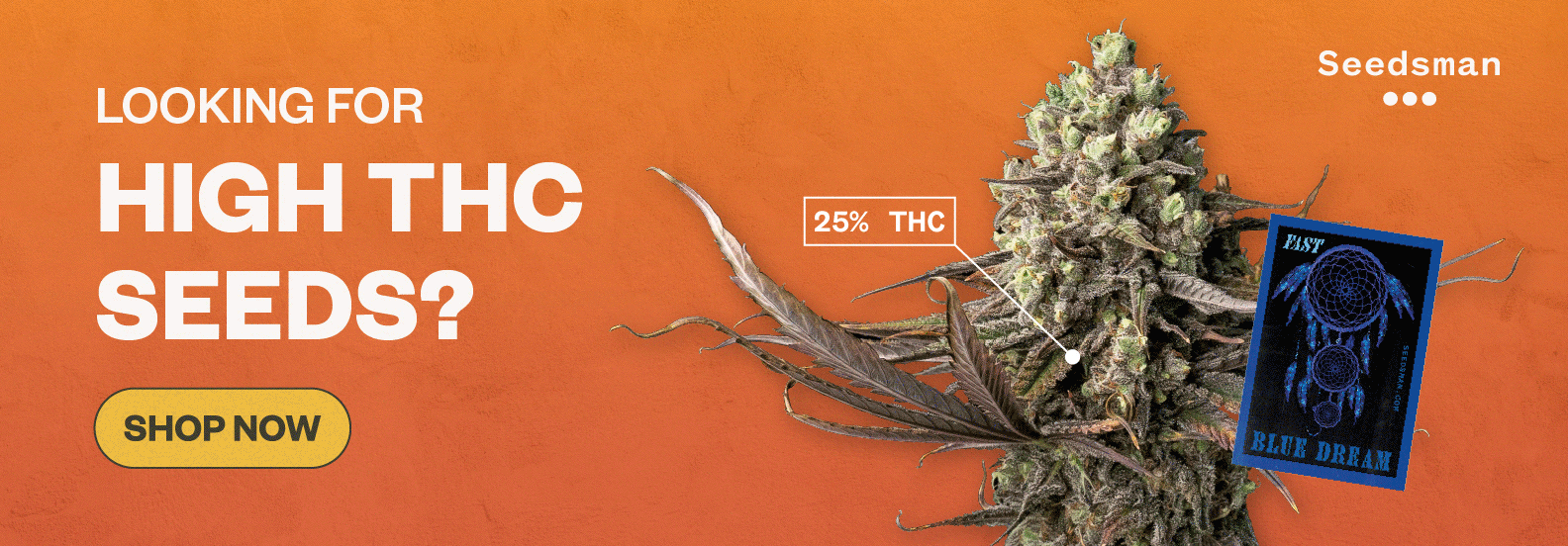
More CBD Guides You Will Love
Cannabis Topicals
Easy Homemade Cannabis Salve Recipe
Cannabis Topicals
Homemade Cannabis Massage Oil
Cannabis Infusions & Extractions
Easy Homemade CBD Oil Recipe
Cannabis Dessert Recipes

